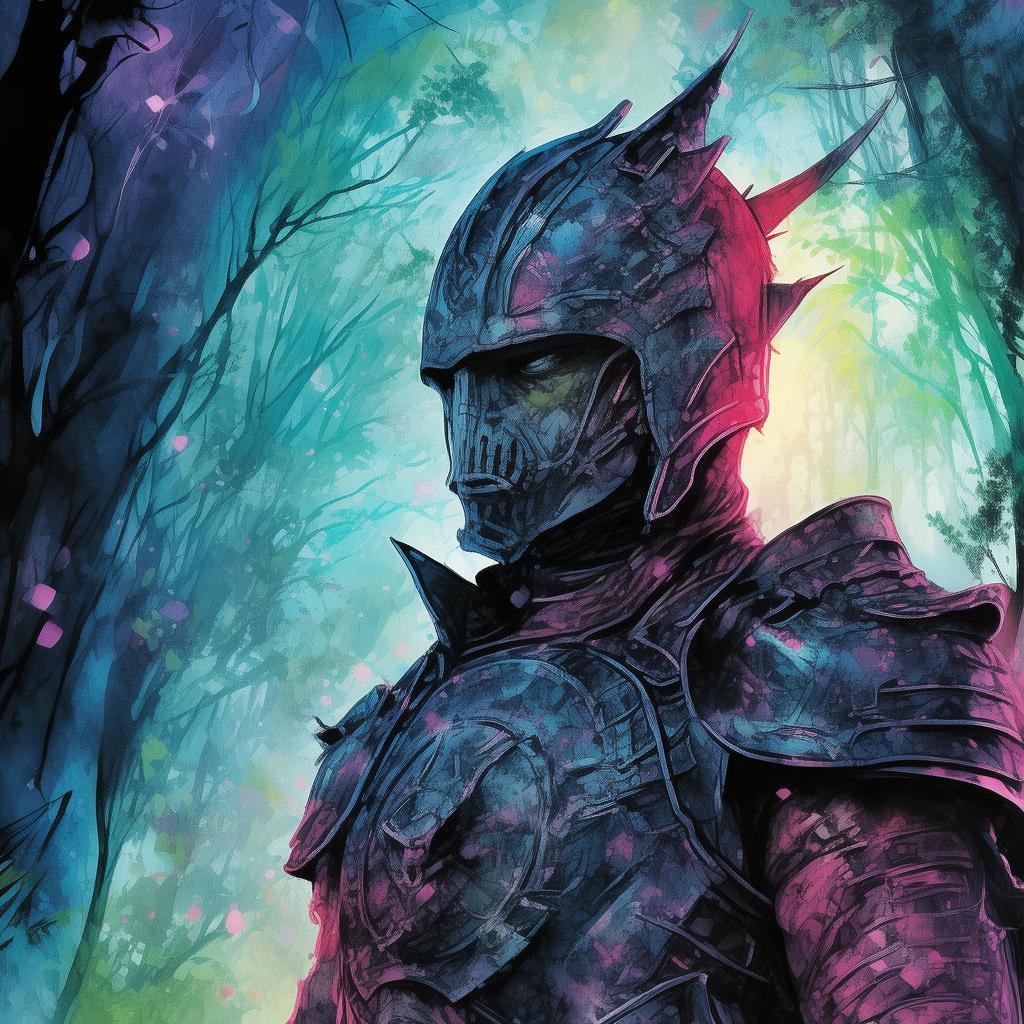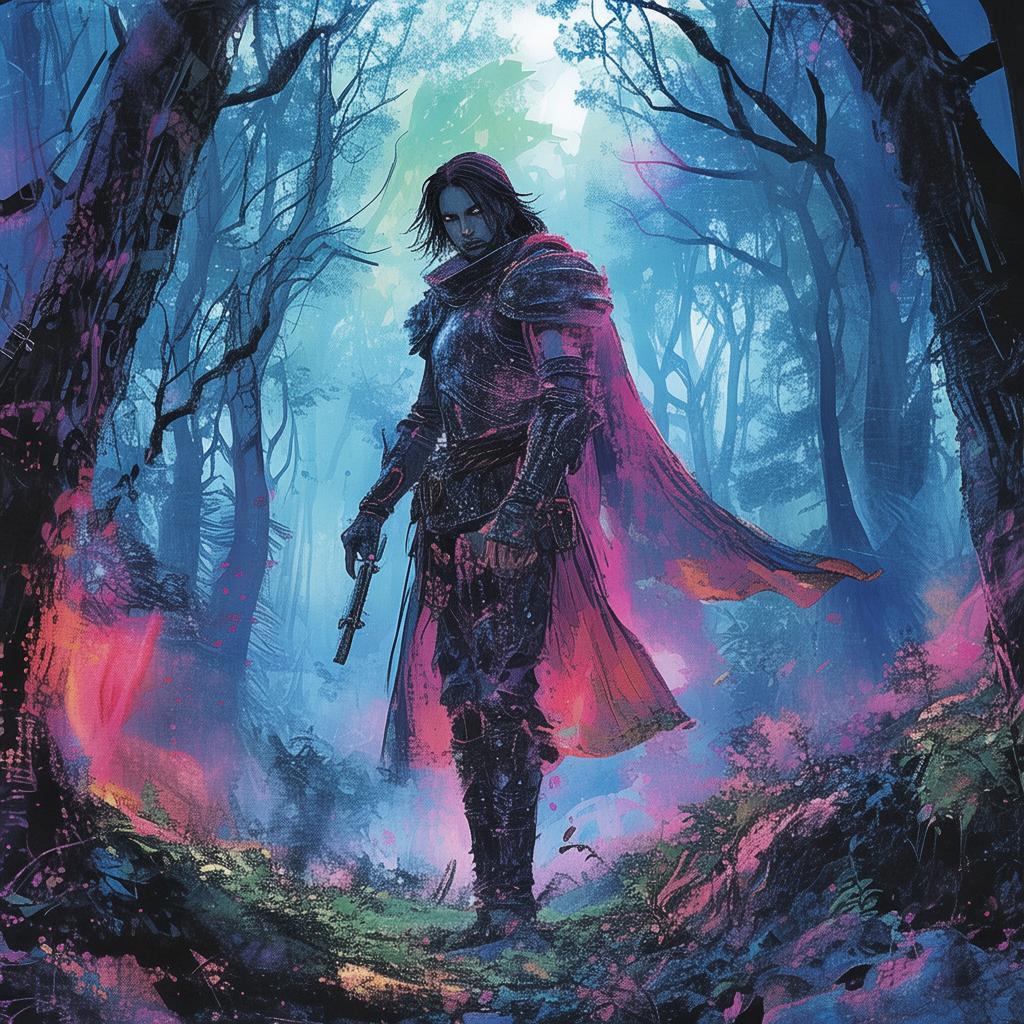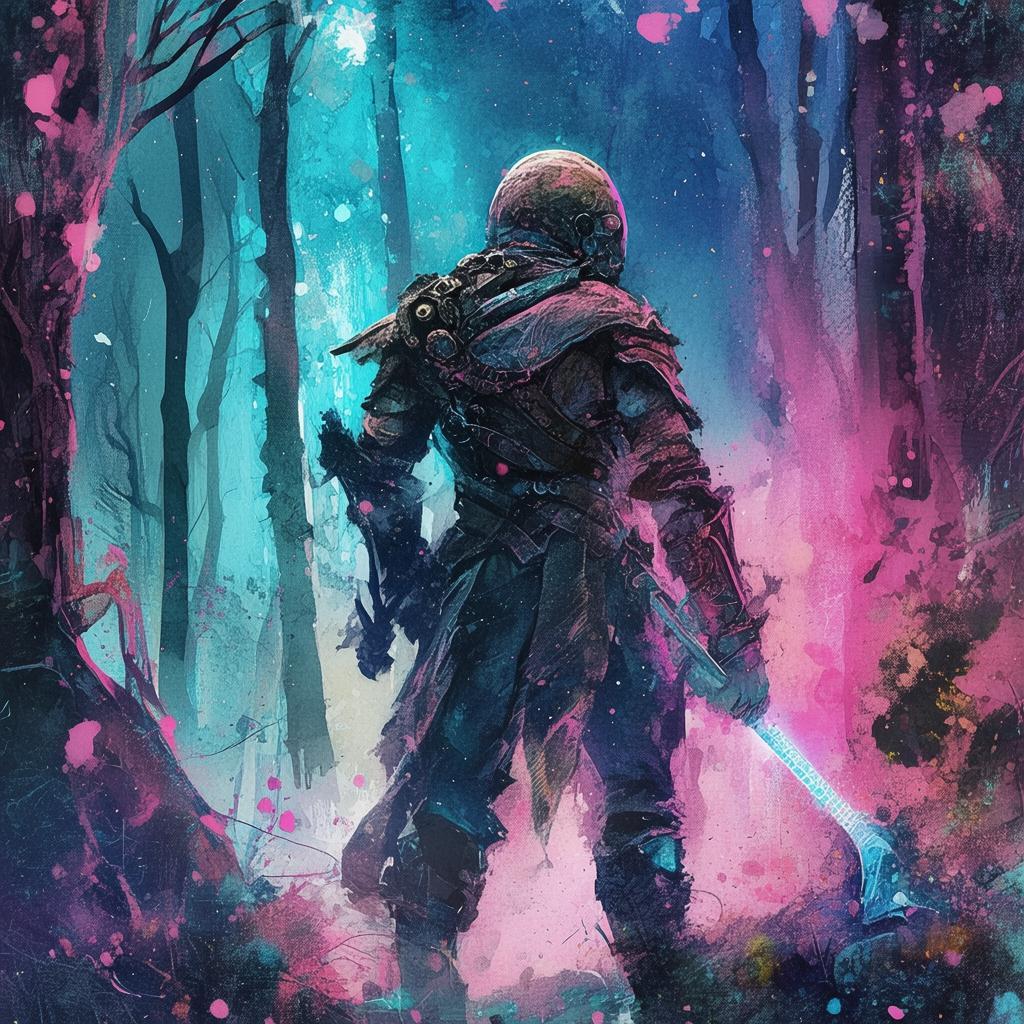The Shadowed Lens: A Photographer's Nightmarish Reckoning
The moon hung low in the sky, casting an eerie glow over the quiet town of Eldridge. Inside an old, decrepit house at the edge of town, a man named Thomas Hargrove sat hunched over his antique camera, a device that had been passed down through generations of his family. Thomas was a man of few words, a man who preferred the silent company of his lens over the chatter of the living. His camera, an old box with a lens that seemed to have seen more than its fair share of life, was his obsession, his passion, and now, his undoing.
The house itself was a relic from a bygone era, its walls adorned with peeling paint and the faintest hint of a ghostly past. It was here, in the dim light of his darkroom, that Thomas would spend his nights developing photographs, the click of the enlarger a constant companion. But lately, there was something different about the images he was capturing. They were not just stills of the world around him; they were snapshots of a life that had long since passed, the faces of the dead, the laughter of the forgotten.

Thomas had always dismissed the oddities as mere tricks of light, the product of his own overactive imagination. But as the weeks passed, the images grew more frequent and more disturbing. The photographs began to show him things he couldn't have seen with his own eyes, glimpses into the afterlife, the eyes of the departed watching him as he worked. The once-hallowed walls of his darkroom now felt like the walls of a prison, and Thomas was its sole occupant.
One night, as Thomas developed a particularly haunting image, he heard a voice, faint at first, but then growing louder. "Look at me, Thomas," it whispered. He turned to see a figure standing in the corner of the room, a woman with long, flowing hair and eyes that seemed to pierce right through him. The image in the enlarger was a mirror image of her, but the woman in the room was solid, tangible, and she was staring right at him.
Panic gripped Thomas as he realized what he had done. He had opened a door to the other side, and the dead were not content to remain in the shadows. He tried to scream, but no sound would come out. The woman moved closer, her eyes never leaving his. "You have until dawn," she said, her voice laced with a cold, bitter sweetness. "Find the key to this place, or we will be with you forever."
Thomas knew he had to act, but what was the key? He had been photographing the dead for years, capturing their essence, but now he was the one being captured. He spent the rest of the night wandering the house, searching for answers, but every corner seemed to hold a new ghost, a new horror. By the time dawn broke, Thomas had found nothing but more questions.
As the first light of day filtered through the windows, Thomas knew he had to face the truth. He had been obsessed with capturing the beauty of the world, but in doing so, he had opened a door to the dark side. The key, he realized, was within him, in his own heart. He had to confront the darkness he had ignored, the pain and the guilt that had festered within him for years.
With a trembling hand, Thomas reached for the lens of his camera, the one that had brought him so much joy and so much sorrow. He focused on the image of the woman, the one who had given him his final warning. "I see you, Thomas," she whispered. "And I will not let you go."
Thomas took a deep breath, held it, and then released it. He focused his lens on her, and with a single click, he captured her image once more. But this time, it was different. The darkness in her eyes was gone, replaced by a look of peace. "Thank you, Thomas," she said, her voice a soft echo in the room.
As Thomas developed the photograph, he saw the change. The woman was no longer a specter, but a spirit set free. And with her release, the house seemed to breathe a sigh of relief. The shadows that had haunted him for so long began to dissipate, and Thomas felt a strange sense of freedom.
The house was still haunted, but not by the dead. It was haunted by the living, by Thomas himself, who now knew the truth about his obsession. He had to learn to live with the consequences of his actions, to embrace the darkness within and let it guide him to a place of peace.
The old camera, now resting on a shelf, became a reminder of what he had learned. The lens was no longer just a tool to capture the world around him; it was a window into the soul, a mirror to the truth. And Thomas, the photographer whose lens had seen too much, now had a new purpose. He would use his camera to tell the stories of those who had passed, to honor their memory, and to remind the living that death is not the end, but a new beginning.
The house in Eldridge remained a place of mystery, a beacon to those who sought the truth about the afterlife. And Thomas Hargrove, the photographer whose obsession had led him to the edge of madness, had found his place within it, a guardian of the forgotten, a chronicler of the unseen.
✨ Original Statement ✨
All articles published on this website (including but not limited to text, images, videos, and other content) are original or authorized for reposting and are protected by relevant laws. Without the explicit written permission of this website, no individual or organization may copy, modify, repost, or use the content for commercial purposes.
If you need to quote or cooperate, please contact this site for authorization. We reserve the right to pursue legal responsibility for any unauthorized use.
Hereby declared.









